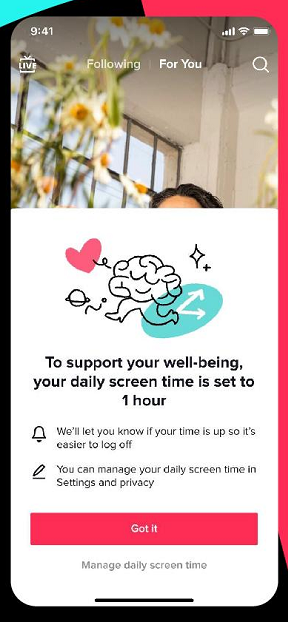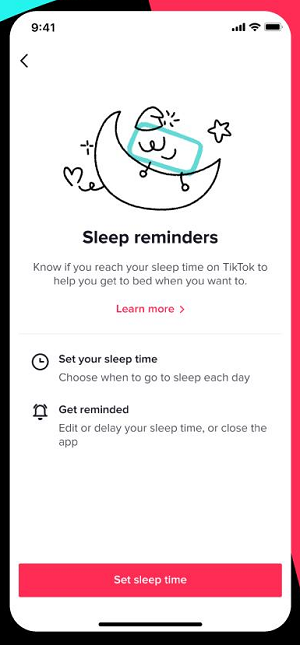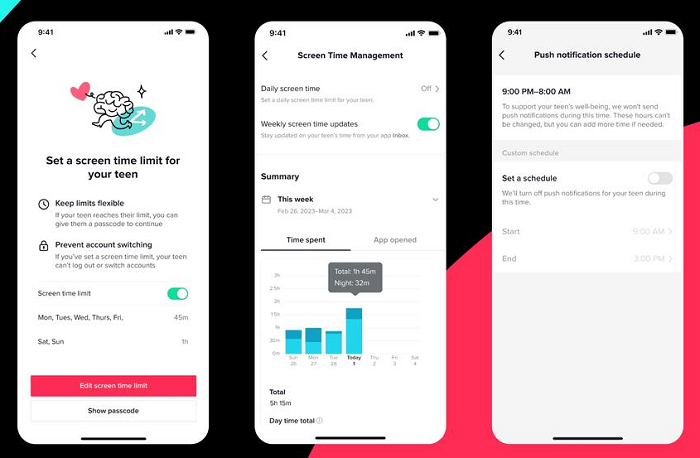TikTok is adding some new well-being elements to ensure that teens, in particular, are not spending too much time in the app, with new default time limits and prompts to guide more mindful usage.
The biggest update is a new default time limit for teens:
“In the coming weeks, every account belonging to a user below age 18 will automatically be set to a 60-minute daily screen time limit. While there’s no collectively-endorsed position on the ‘right’ amount of screen time or even the impact of screen time more broadly, we consulted the current academic research and experts from the Digital Wellness Lab at Boston Children’s Hospital in choosing this limit.”

Teens over the age of 13 will be able to circumvent this limit by entering a passcode to continue watching, but the prompts will ideally trigger more consideration about the time they’re spending in the app. When teens reach 100 minutes spent, they’ll receive another in-app prompt alerting them to their usage.
Users under the age of 13, however, will not be able to opt out of the hour time limit, with a parent or guardian controlling the watch time beyond this initial period, while TikTok will also send young users a weekly recap of their total screen time.
It’s an interesting update, which, in some ways, actually mirrors similar restrictions placed on Chinese youngsters, implemented as part of the CCP’s push to combat gaming addiction.
In 2021, the Chinese Government implemented rules which restrict minors to an hour a day in online games, and only on Fridays, weekends and public holidays. The restrictions have had a big impact on gaming addiction, which, in the CCPs view at least, will help youngsters focus on education and schooling, while also keeping them away from more harmful elements of gaming apps.
TikTok can be similarly addictive, and many child safety advocates will be more than pleased to see the app restricted among younger users.
TikTok usage among teens has been linked to various harmful behaviors, along with mental health concerns, and as such, it makes sense to implement at least some level of restriction, in order to stop kids from tumbling down algorithmic rabbit holes for hours on end.
And while teens can use the app beyond these limits, it is a good move for TikTok to at least raise awareness of such, even if it could hurt its own usage stats.
It could also help TikTok present itself in a more positive light with authorities, especially those that are considering banning the app. Most of the ban talk relates to data privacy concerns, but if TikTok can showcase its well-being considerations and tools, that may also help to reduce opposition to the app.
TikTok will also implement new, customized screen time limits for all users, with people able to set variable time limits for each day of the week, and set a schedule to mute notifications.
TikTok’s also adding sleep reminders to deactivate the app.

Finally, TikTok’s also expanding its parental controls, with new elements being added to its Family Pairing element, including a screen time dashboard to monitor kids’ use, and the capacity to mute app notifications within chosen time frames.

These are positive steps for TikTok, and while an hour a day may seem like a tiny amount to kids who are spending more and more time scrolling through social apps, it seems like, at the least, a good way to make parents more aware of the time their kids are spending in app, and how they can manage such.
You can read more about TikTok’s latest teen wellbeing updates here.



